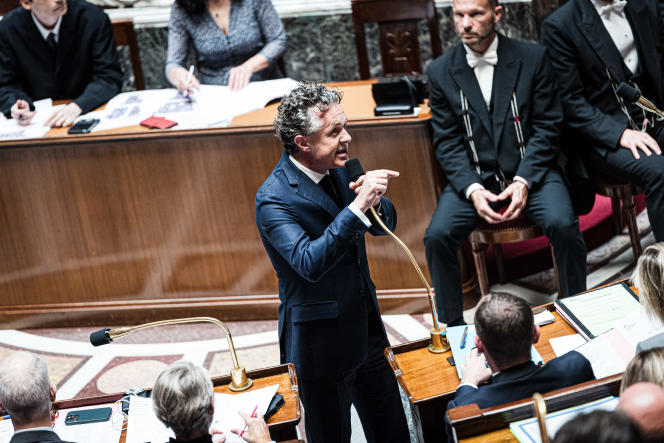It is with overwhelming majorities – 169 votes for, 29 against (Europe Ecologie-les Verts et la France insoumise), and 326 for and 1 against – that the bill (PPL) “aimed at strengthening the support of local elected officials in the implementation of the fight against the artificialization of soils” was adopted, Wednesday July 12 and Thursday July 13, successively by the deputies and the senators. The Senate, which closed the parliamentary soap opera of this sensitive and complex file, the “ZAN”, for zero net artificialisation, was at the initiative of this bill presented in December 2022.
This text materializes one of the 149 proposals of the Citizens’ Convention for the Climate (2019-2020) and clarifies the objectives set out in the Climate and Resilience Law of August 22, 2021, i.e. the halving of the consumption of agricultural land and natural in the period 2021/2031, compared to the previous decade, which is to increase from some 250,000 to 125,000 hectares. Another objective: to achieve “zero net artificialisation” by 2050.
On arrival, after lively debates, numerous amendments and a joint joint commission to reconcile the proposals of deputies and senators, was adopted “a text which is no longer quite that of the Senate, nor quite that of the Assembly, nor that of the government”, in the words of the Minister of Ecological Transition and Territorial Cohesion, Christophe Béchu, before the deputies, Wednesday. The deputy of Deux-Sèvres (Renaissance) and rapporteur of the PPL in the Assembly, Bastien Marchive, baptized it “our national urban plan”.
“Right to the project” for municipalities
Major projects of “national interest” were at the heart of the clashes. These projects – military bases, prisons, high-speed lines, future nuclear reactors, electric battery factories, etc. – which require significant artificialization will not be included in the quotas left to municipalities or intermunicipalities. But they will be taken into account in the effort to reduce soil artificialization, and therefore counted in the total of some 125,000 hectares authorized for artificialization by 2031. These projects, the list of which remains to be specified by decree and which will also be negotiated between the regions and the State, will be integrated into an envelope of 10,000 hectares pooled between the regions. Beyond this area, they will not be counted, a concern for the defenders of ZAN who fear inflation and expect a responsible State on its priorities.
You have 49% of this article left to read. The following is for subscribers only.
